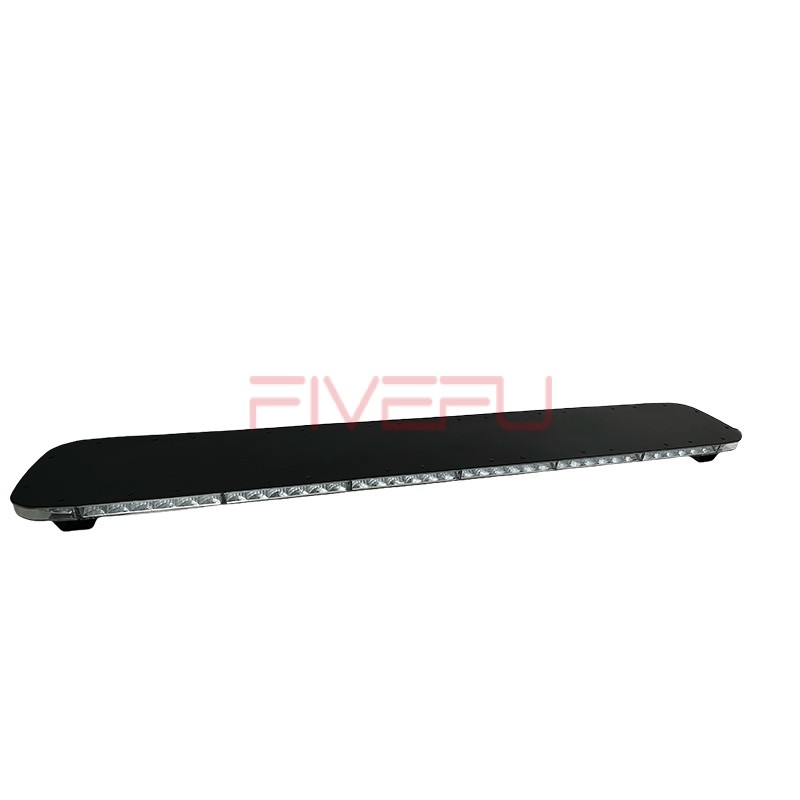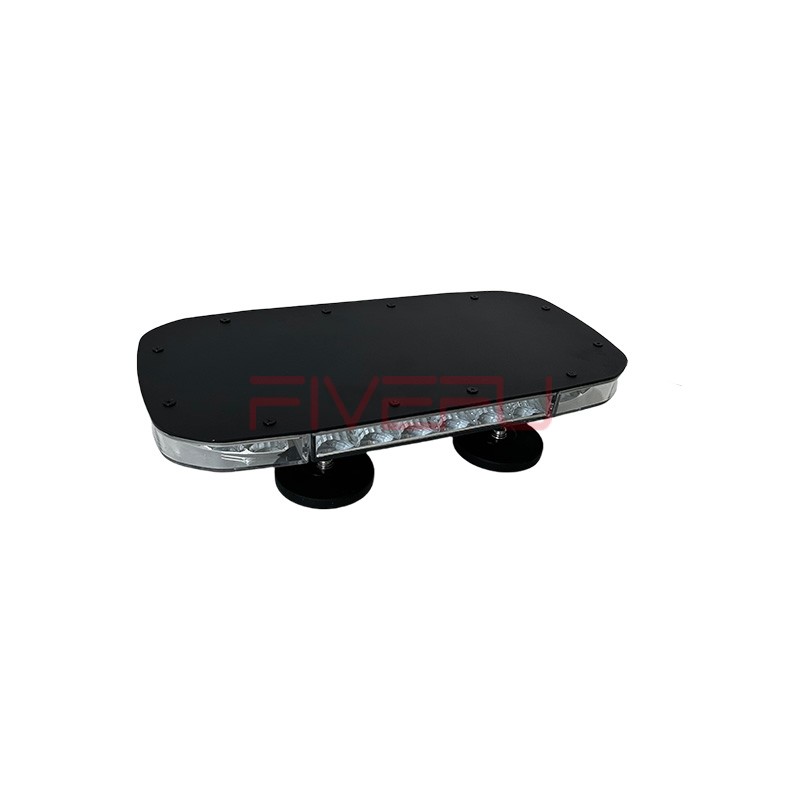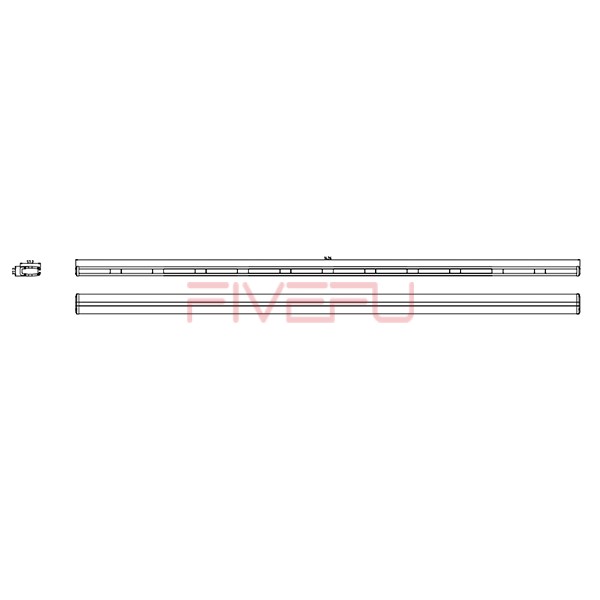Many people face the frustration of their flashlight dying too soon. This can cause inconvenience in emergency situations or while performing tasks in low light. The solution lies in proper care and maintenance to extend your flashlight’s life.
Making your flashlight last longer requires simple yet effective steps like preventing water damage, maintaining the battery, and avoiding overheating. These actions will ensure your flashlight performs when you need it most.
By reading further, you’ll learn key practices to enhance your flashlight’s durability and avoid common mistakes that shorten its lifespan.
Prevent Water Damage
Water damage is one of the primary causes of flashlight failure. Whether it’s a rainy day or an accidental drop into a puddle, water can compromise your flashlight’s internal components. Always check for proper sealing and waterproofing features, especially if you plan to use the flashlight in wet conditions. Store your flashlight in a dry place when not in use, and if it’s rated for water resistance, make sure seals and O-rings are intact and well-maintained to prevent leaks.
The Batteries
Batteries are the power source for any flashlight, and the type of battery you use can impact its lifespan. Always opt for high-quality, rechargeable batteries designed for the flashlight’s model. Avoid cheap alternatives, as they may not deliver consistent power, potentially damaging the flashlight’s circuits. When replacing the batteries, ensure they are properly installed to avoid leaks or short circuits, and discard old batteries safely to prevent corrosion from leaking battery acid.
Keep the Battery in Good Condition
To extend the life of your flashlight, it’s essential to take care of the batteries. Avoid letting them discharge completely before recharging, as this can shorten their lifespan. If you use rechargeable batteries, charge them regularly and avoid overcharging. Store your flashlight in a cool, dry place, and remove the batteries if you won’t be using it for an extended period to prevent leakage. Regularly check for signs of corrosion or damage on the battery terminals to keep the flashlight in optimal condition.
Keep the Flashlight from Overheating
Overheating can cause permanent damage to the flashlight’s internal components. Use your flashlight for short periods to avoid excessive heat buildup. If you need to use it for extended periods, take breaks to let the device cool down. Avoid using your flashlight in extreme temperatures, as this can strain the battery and circuits, leading to reduced efficiency and a shorter lifespan. Keep your flashlight in a well-ventilated area during storage to prevent overheating.
Do Not Expose to Sunlight
Direct exposure to sunlight can degrade your flashlight’s housing and internal components, especially if it’s made of plastic. Prolonged UV exposure can cause the material to warp, crack, or discolor. Always store your flashlight in a shaded area or use a protective case if you need to keep it outdoors. Avoid leaving it on your dashboard or in other areas where it might be subjected to direct sunlight for extended periods.
Well Maintained
A well-maintained flashlight can last for many years. Regularly clean the lens and body to ensure no dirt or grime obstructs the light output. Check the battery contacts and clean them if necessary to ensure efficient power transfer. Perform routine maintenance, like tightening any loose parts, and ensure all components, including switches and seals, are functioning properly. By following these steps, you can extend the overall lifespan of your flashlight.
Conclusion
A properly maintained flashlight will serve you well over time. Preventing water damage, caring for the battery, avoiding overheating, and proper storage can significantly extend its lifespan.









